 Industrial areas are interesting places to create amazing photography. Ports, factories, coal yards and manufacturing plants are the best places to visit when you want to take industrial shots.
Industrial areas are interesting places to create amazing photography. Ports, factories, coal yards and manufacturing plants are the best places to visit when you want to take industrial shots.
You will be greeted with big machines, hard hats, signage and sometimes dirty industrial landscapes.
Once you have scoped out where you want to take photos you can then check out the site on Google Maps or the website of the industrial facility. Make sure you always get permission if you want to enter the site, however you can get great photos from outside the facility if you know how. This is where your planning comes in so make sure you do this prior to your photo shoot.
Taking photos of everyday industry may seem a little boring to some but there are great images to be had with these genres as subjects. I recently visited a local spot in Lyttelton, Banks Peninsula to photograph the harbour and dock area. Lyttelton is a cool town that is located on the other side of the Port Hills to Christchurch. There are so many good spots here to photograph that you can be very spoilt for choice.
Working areas like the docks are a hive of activity and worth spending the time photographing if you can get some type of access. Because this is a working dock the most convenient place to take photos from is the area above the docks. You get a great view from above and because of the way Lyttelton sits in a basin, you can look down on the docks from many different vantage points and angles.
Evans Pass Road is now open after an eight-year wait to fix it after the road was severely damaged in the February 2011 earthquake, this road joins Lyttelton to Sumner. The view from the lookout here makes it easy to get shots from the eastern side. You can get interesting shots of the largest coal export facility in New Zealand from the Te Awaparahi Bay stockyard. Diggers are often moving the coal into train carriages.
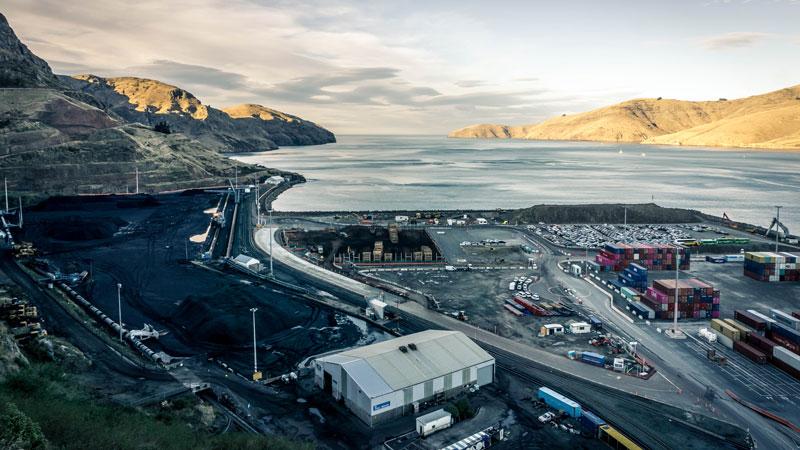
If you are looking at getting shots of containers then Lyttelton certainly covers that. It is the largest container terminal is the South Island. There is lots of movement with containers and there are many different colours to photograph.
If you drive up the hill towards the gondola you will be rewarded with very high panoramic views of the harbour. Diamond Harbour on the opposite side of Lyttelton and Quail Island are both in full view. If you take photos from high up the hill you will get the wharf in your shots and you may even get some container ships while they are berthed in the dock.
Follow These Tips to Help You Get Started With Industrial Port Photos:
- Different angles and viewpoints: Go high and get shots from above. This will generally make your subjects look smaller if you are using a wide-angle lens. If you want your subjects to look large and imposing then take them at ground level.
- Day v Night: Experiment with daytime and nighttime photos. If you take night photos you will need a tripod and cable release. You will get a completely different look and feel at different times of the day.
- Long exposure: When you attempt to take shots of industrial areas make a point of highlighting machinery in action on a long exposure. Movement of containers and workers always looks good and it will give your shot a perspective of working motion. Make sure you have a steady tripod and a cable release to keep your camera shake proof.
- Size perspective: Showing the sheer size of an industrial site can be quite breathtaking. When you show the size and scale of your subjects you can really give the viewer a perspective of what they are looking at.
- Post Production: I edit all my photos with my Lightroom presets. The presets I have chosen for this set of shots bring out the reds, lower the saturation and give the image a painterly look. By muting the colours the image can look more industrial. Unique processing can make an inanimate subject stand out!
All my shots were taken off-site and from above the facility however, you can still get an idea of the size of the port when you see shots taken from a distance. If you are lucky enough to get the chance to photograph on site then make the most of showing large objects and show their size comparison.
With a bit of knowledge, planning and research you can get great industrial photos in many industries. Always make sure you get permission to shoot in areas that are sensitive like oil refineries and above all, just experiment and you will be rewarded with a great set of images to showcase.
P.S. If you like this article, please click “like” or provide comment, as that will motivate me to publish more. Share and inspire. Thank you.

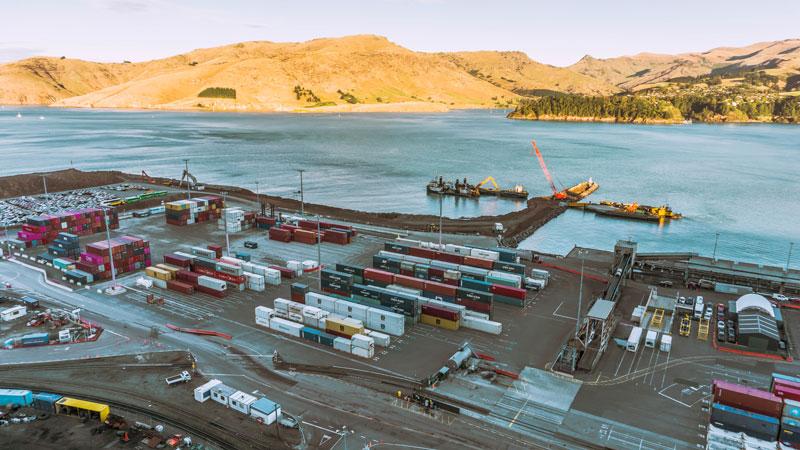
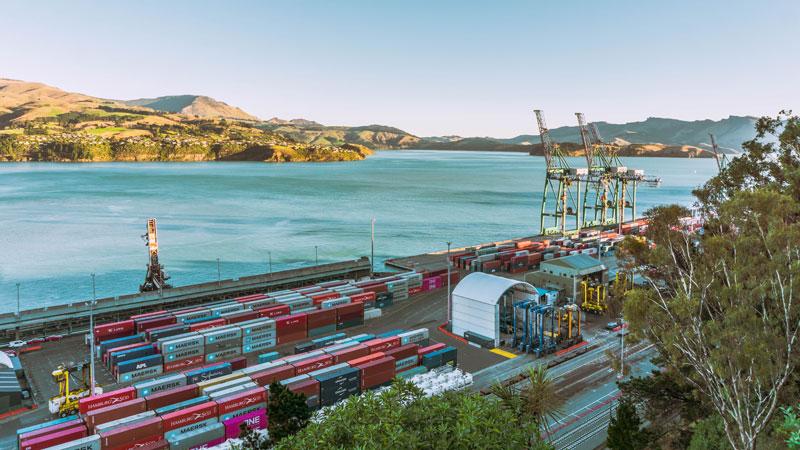
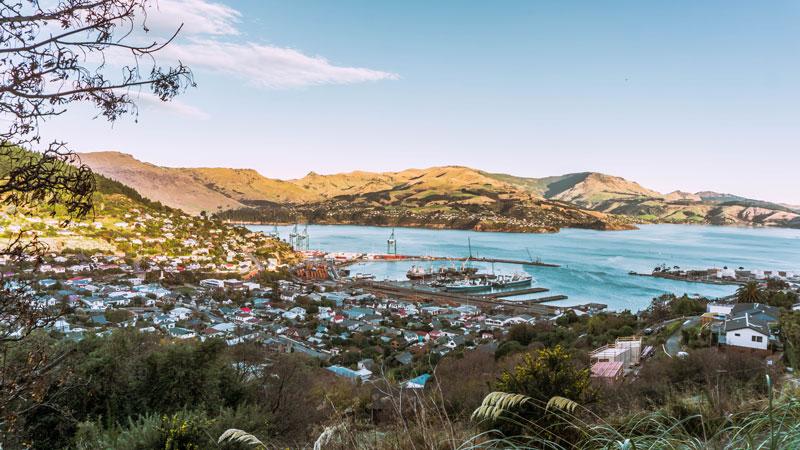
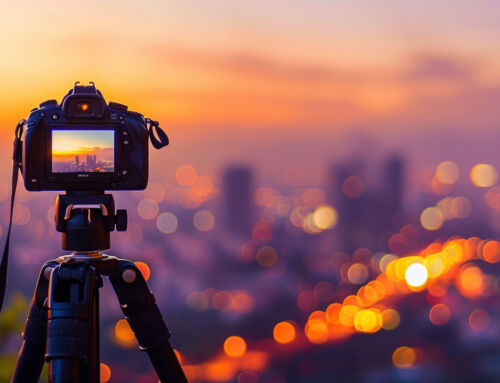




Leave A Comment